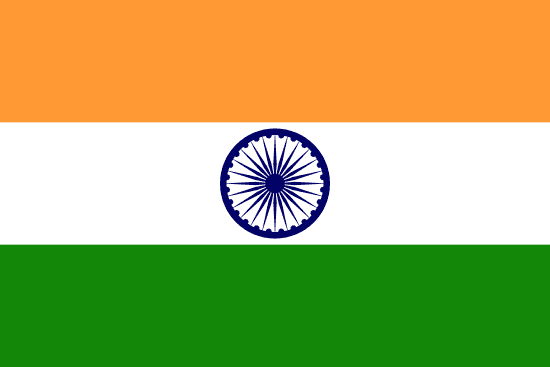"मुंबई मेरी जान | Mumbai, My Life"
About:
Mumbai, India's financial hub, was originally an archipelago of seven islands inhabited by Koli fisherfolk. In 1534, it came under Portuguese control, then transferred to the British in 1661. The British merged the islands into a single landmass by the 19th century. Mumbai rapidly grew as a trade center during the British Raj. Post-independence in 1947, it continued its growth, becoming a multicultural metropolis. Today, it's India's most populous city and home to Bollywood, India's film industry.
When to visit:
Mumbai, the capital city of the Indian state of Maharashtra, experiences a tropical climate with three distinct seasons: summer, monsoon, and winter. The best time to visit Mumbai for a holiday is during the winter months of November to February when the weather is pleasant and cool, making it ideal for sightseeing and outdoor activities. The monsoon season from June to September should be avoided as heavy rainfall can disrupt travel plans and sightseeing. Summer months from March to May can be hot and humid, which may not be conducive for a comfortable holiday experience.
When to avoid:
The worst time to travel to Mumbai on a holiday is during the monsoon season, which typically occurs from June to September. During this time, the city experiences heavy rainfall, leading to waterlogging, traffic congestion, and disruption of transportation services. Sightseeing activities may be limited due to the inclement weather, and outdoor attractions may be inaccessible or less enjoyable. It is advisable to avoid planning a holiday to Mumbai during the monsoon season to ensure a more comfortable and enjoyable travel experience.
Monsoon Season (June-September)
In Mumbai, the wettest season is the monsoon season, typically from June to September. Average temperatures range from 25°C to 30°C. The city experiences heavy rainfall, often exceeding 2,000mm, causing local flooding. Sunlight is minimal, with cloud cover dominating the sky. On an average day, visitors can expect constant drizzle, overcast skies, and high humidity. Despite the rain, the city thrives, with locals going about their daily routines. However, sightseeing can be challenging due to the unpredictable heavy showers.
"Summer (March-May)"
In Mumbai, the warmest part of the year typically occurs between April and June, right before the monsoon season. During this period, daily temperatures can range between 33°C (91°F) and 38°C (100°F), with the nights slightly cooler but still quite warm.
Rainfall is minimal during these months, with most days remaining dry. However, the city experiences a high level of humidity, often above 60%, making the heat feel more intense. Sunlight is abundant, with an average of 10 hours of bright sunshine per day. Cloudiness is relatively low, but occasional heat-induced clouds may appear in the late afternoons.
For a visitor, a typical day in this season can feel quite hot and sweaty, especially during midday. The intensity of the heat combined with the high humidity can make outdoor activities uncomfortable. It's advisable to stay hydrated, wear light clothing, and use sun protection. Despite the heat, the city's vibrant culture and bustling life continue unabated.
Language:
In Mumbai, the most commonly spoken languages are Marathi, Hindi, and English. Marathi is the official language of the state of Maharashtra, where Mumbai is located. Hindi, the national language of India, is also widely spoken. English is commonly used for business and in many formal settings, due to Mumbai's status as a global city.




